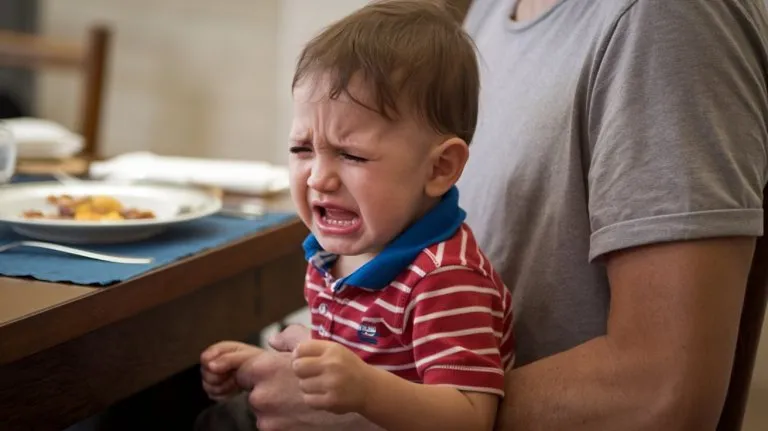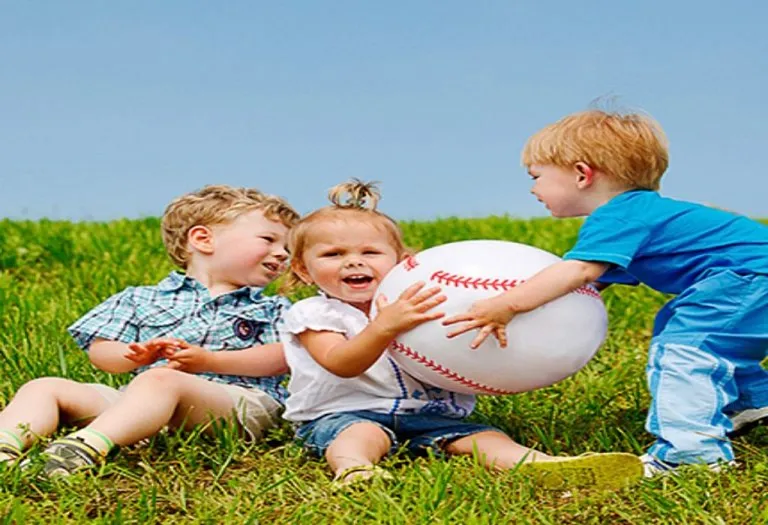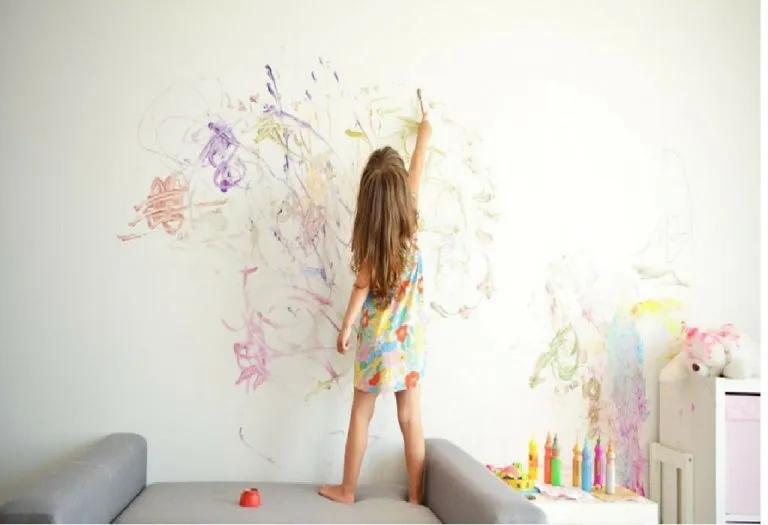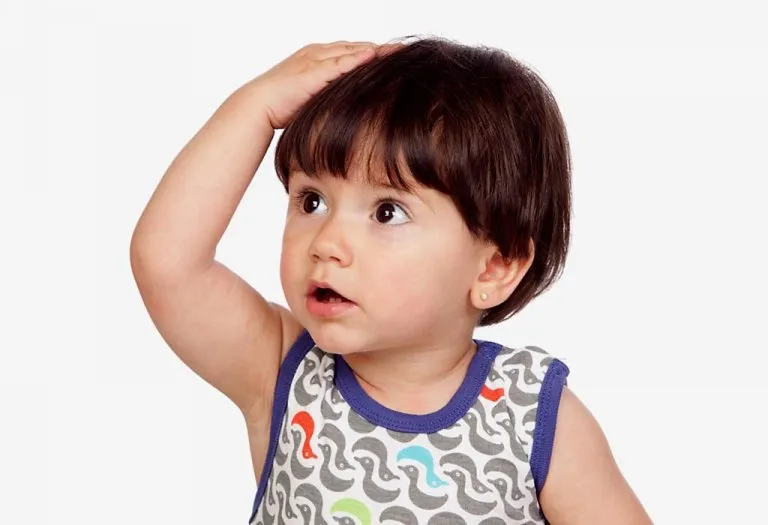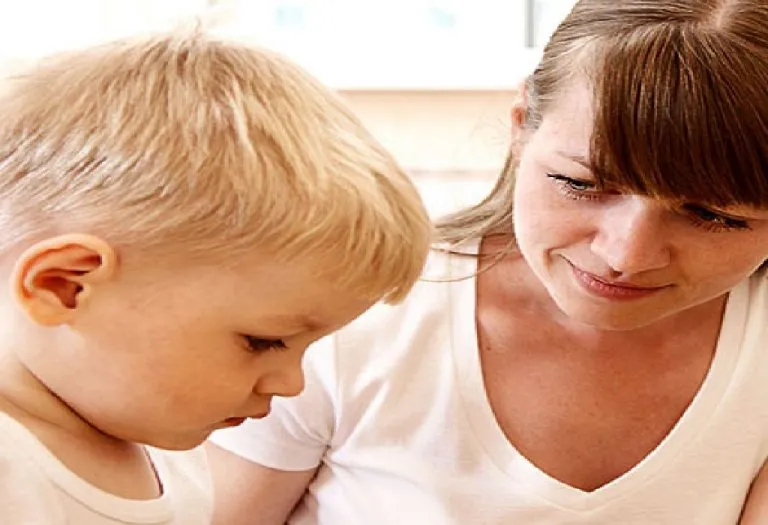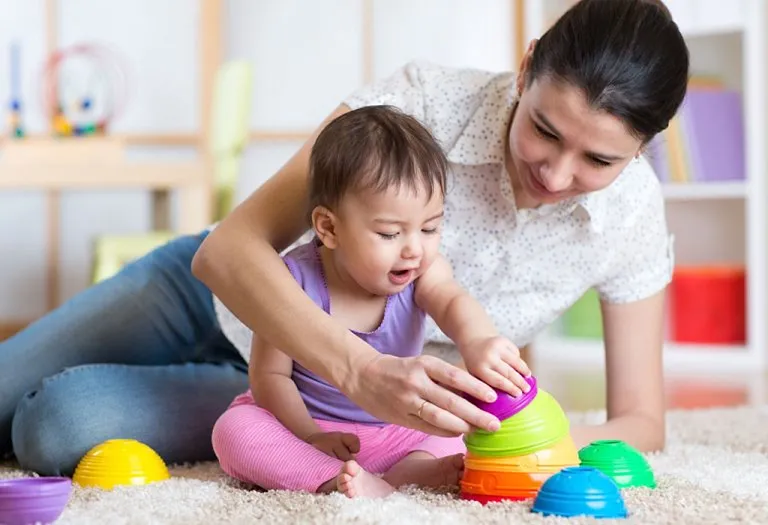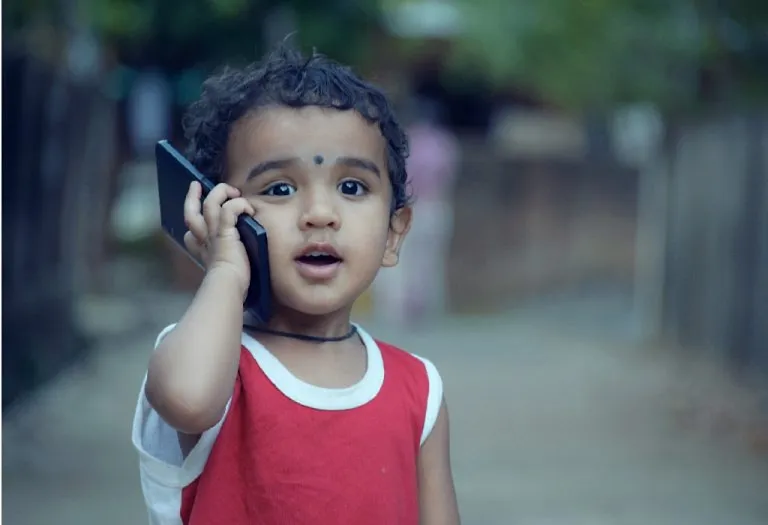Terrible Twos – Best Ways to Handle It

Every child has a unique personality, and this will be visible as the child gets older. His personality will be moulded and formed as a combination of the people around him, genetics, and his living atmosphere. However, most babies tend to exhibit a common personality trait as they pass the age of two – temper tantrums.
As a child becomes around two years old, parents will find that emotional outbursts from the child have become more frequent and common. He may have a generally angry temperament and may throw tantrums for many small, minor things. However, you need not worry about this being an aspect of his personality- it is more of a developmental stage that affects most children. Read on to learn about the terrible twos.
What Is the Terrible Twos?
Here’s the terrible twos meaning. The “Terrible Twos” refers to a developmental stage in toddlers, typically around the age of two, characterized by increased independence, mood swings, tantrums, and defiant behaviour. This phase is a normal part of child development as children begin to assert their individuality and test boundaries (1). The term highlights the challenges parents and caregivers often face during this period as toddlers navigate their emotions and learn to communicate their needs effectively. While it can be a trying time, it is also an important stage for growth and self-discovery.
When Does the Terrible Twos Really Start?
As the name signifies, the tantrum-throwing phase in children usually starts around the age of 2 years in children (2). However, can terrible twos start early in children? Yes, the problem has been observed in children as young as 18 months of age, although terrible twos at 18 months are not that common. The condition may last for more than a year until the age of 3 or 4 years, depending on when it started in the child. This is a developmental stage, and the tantrums reduce in frequency as the baby starts to communicate better with his parents.
What Are the Causes of Throwing Tantrums at the Age of Two?
Terrible twos behaviour in children is not a sign of any problems in their personality, so parents need not worry about anger issues in their child. From early childhood, children try to observe and imitate the adults around them in every manner. Until the age of two, the child was unable to do things by himself and needed the help of an adult for everything. However, as this age looms, he will try to become more independent and will struggle to do things on his own. He soon finds out that he needs the help of an adult for many things, which leads to a sense of frustration in their young minds.
Children have a sense of independence and expectations of themselves that they need to fulfill in order to be satisfied. When they find out that they need the help of adults, it leads to frustration and the release of a flurry of emotions. Therein lies the next problem – communication. All these emotions cannot be expressed properly with the limited vocabulary of a two-year-old child, so the result is terrible twos temper tantrums in the children. However, the tantrums reduce in frequency as the child becomes better in communication, so this antagonistic behaviour dies out within a year’s time. Parents can help their children tackle this phase well, too (3).
Terrible Twos Symptoms
The symptoms of terrible twos in children are many, and the condition is not especially hard to notice for parents. Here are the signs of terrible twos.
- The child might be very loving and clingy in one moment, and within a second, he might start yelling at you.
- Refusals are also common among the children – he might refuse to do things, including eating, changing clothes or diapers, and might even refuse to be touched by the parents.
- In order to get your attention, he might resort to a lot of actions and tactics. This includes screaming at the top of his lungs and looking directly at you, throwing anything he gets his hands on, or even repeatedly hitting his head against the wall or a floor.
- Terrible twos are characterised by antagonistic behaviour towards the parents and frequent mood changes.
Development of Opinions in Toddlers
At this age, the children develop strong opinions, similar to what happens to a person on the cusp of adulthood. This might be hard to understand for parents, but it happens all the same. The main difference between the child and a person on the cusp of adulthood is that the latter knows exactly what he wants, unlike the child (4). The child only knows that he wants specific things, not knowing why or how he would get it. So when parents refuse their requests initially, kids do the only thing that they can do, with their limited vocabulary- throw a tantrum. This tantrum usually involves a lot of screaming and throwing, and the word ‘No’ is repeated several times by the child. The word ‘No’ is usually learnt at an early stage by children, so they usually dominate their speeches and tantrums with this word during this period. Therefore, parents find themselves at the receiving end of some unruly behaviour from their children.
Effect of Terrible Twos on Toddlers and Parents
Parents have to be ready to navigate through this tantrum-filled period with the knowledge that this is not an aspect of the personality of their child, but just a developmental stage seen in most toddlers. Handling terrible twos can be difficult for first-time parents, as it can have a huge impact on the relationship between the child and his parents. However, if coping with terrible twos is not done properly, the parents might be forced to put up with such behaviour for a longer time. So, remember to be patient and strategic while tackling this behaviour in your child.
When Does Terrible Twos End?
It has been observed that the condition reduces in children as they get older and gain a better understanding of the world around them. As their communication skills also develop, they no longer need to resort to screaming to make their parents understand what they want. In most cases, the period of terrible 2s lasts only around a year or so. However, another aspect that plays a part in how long it lasts is the way the parents react to the tantrums. If the parents employ the correct strategy in an unwavering manner, they will find that the frequency of the tantrums reduces a lot.
How to Deal With Terrible Twos
Wondering how to cope with terrible twos? Here are some tips to help parents reduce and manage their angry toddler (5):
- Make your child understand that there are consequences to his actions. During a terrible twos tantrums, the toddler’s discipline plays a huge role. Penalise him for his terrible behaviour by taking away his toys for a period of time, or with similar actions.
- Do not become pressurised by tantrums in public into giving him what he wants, thinking about what onlookers might think. Children are supposed to cry, and if they cry in public, that does not mean in any way that you are a bad parent. If you start giving in to their demands, you will soon find that the frequency and strength of their tantrums increase quickly.
- Always give your child limited choices, so that the process of selecting one is easy for him. Children find it difficult to choose when they have been given open choices, and this leads to tantrums.
- Be in control, and avoid letting your child impose himself as the decision maker.
- Keep your child healthy and well-fed, and ensure that he always gets the required amount of sleep. Tantrums are more common in children who are hungry or sleepy.
- Maintain a routine in the matters regarding your child, as children often get confused if there is a change in their daily routine.
- Remember to praise and reward good behaviour in the child, too. If your child behaves well in public and displays fine manners, reward him in kind and encourage his actions.
- Be patient in the knowledge that this is a passing phase, and give your time enough time to adjust to the changes around him. Never get angry at your child for throwing a tantrum.
When to Call the Doctor
When it comes to the “Terrible Twos,” most behavioural challenges are a normal part of toddler development and don’t require medical intervention. However, there are certain situations where it might be wise to consult a doctor or paediatrician to rule out underlying issues. Here are some signs to watch for:
- If tantrums are excessively intense, last for very long periods, or occur far more frequently than expected for their age.
- If your toddler isn’t using words or phrases to communicate by age two or shows significant difficulty expressing themselves.
- If your child frequently harms themselves or others or destroys property in a way that seems beyond typical toddler behavior.
- If your toddler shows little interest in interacting with others, avoids eye contact, or seems unusually withdrawn.
- If your child loses skills they previously had, such as potty training, language, or social abilities.
FAQs
1. Are the terrible twos a sign of future behavioural issues?
Not necessarily. The terrible twos are a normal part of development as toddlers learn to express themselves and assert independence. However, if extreme behaviours persist beyond this stage, it may be worth discussing with a paediatrician.
2. Do all toddlers experience the terrible twos?
Not every child goes through a noticeable terrible twos phase. Some toddlers may have milder temperaments or better-coping mechanisms, making this stage less pronounced.
3. Can parenting styles influence the intensity of the terrible twos?
Yes, parenting approaches can play a role. Consistent routines, clear boundaries, and positive reinforcement can help manage challenging behaviours, while inconsistent or overly strict parenting may sometimes exacerbate terrible 2 tantrums.
The best terrible twos advice that parents can receive is to always be calm and patient. The tantrum-throwing is just another phase in the development of a child, and it soon dies out with age. However, you must ensure that the bond between the child and the parent is not widened during this time, so never get angry or agitated at your child during his tantrums. This only makes him more confused, and the result can be longer-lasting problems as the child grows.
References/Resources:
2. Nemours Kids Health – Temper Tantrums
3. National Library of Medicine – Temper Tantrums
4. Mayo Clinic – Temper tantrums in toddlers: How to keep the peace
5. Cleveland Clinic – Tips to Help You Survive Your Toddler’s ‘Terrible Twos’
Also Read:
Child Psychology and Behaviour
Intense Mood Swings in Toddlers
Attention Seeker Behaviour in Kids
Toddler Behaviour Problems and Solutions
Tips to Deal with Destructive Behaviour in Toddlers
Was This Article Helpful?
Parenting is a huge responsibility, for you as a caregiver, but also for us as a parenting content platform. We understand that and take our responsibility of creating credible content seriously. FirstCry Parenting articles are written and published only after extensive research using factually sound references to deliver quality content that is accurate, validated by experts, and completely reliable. To understand how we go about creating content that is credible, read our editorial policy here.






